Ali Salehi
UniMorph 4.0: Universal Morphology
May 10, 2022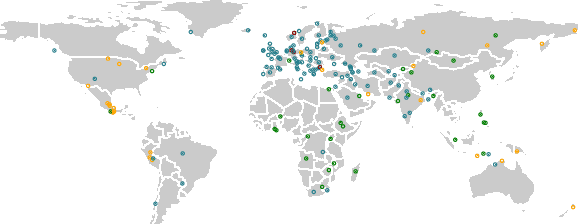

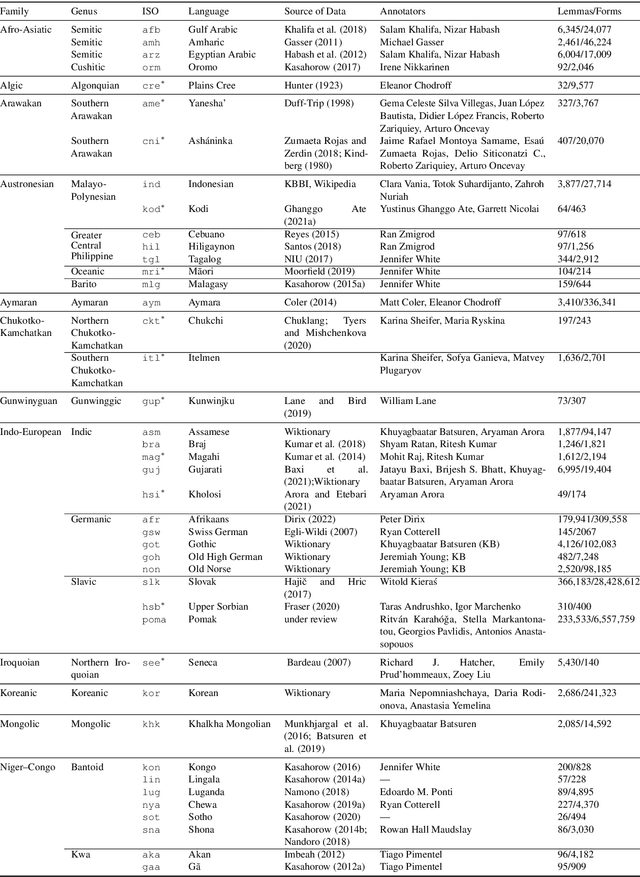
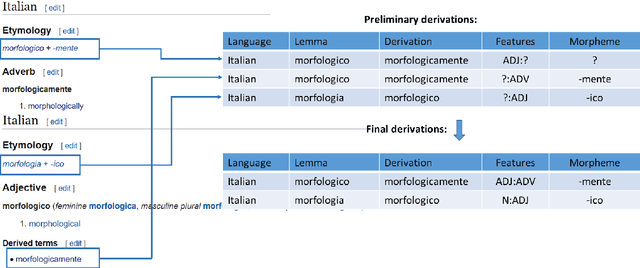
Abstract:The Universal Morphology (UniMorph) project is a collaborative effort providing broad-coverage instantiated normalized morphological inflection tables for hundreds of diverse world languages. The project comprises two major thrusts: a language-independent feature schema for rich morphological annotation and a type-level resource of annotated data in diverse languages realizing that schema. This paper presents the expansions and improvements made on several fronts over the last couple of years (since McCarthy et al. (2020)). Collaborative efforts by numerous linguists have added 67 new languages, including 30 endangered languages. We have implemented several improvements to the extraction pipeline to tackle some issues, e.g. missing gender and macron information. We have also amended the schema to use a hierarchical structure that is needed for morphological phenomena like multiple-argument agreement and case stacking, while adding some missing morphological features to make the schema more inclusive. In light of the last UniMorph release, we also augmented the database with morpheme segmentation for 16 languages. Lastly, this new release makes a push towards inclusion of derivational morphology in UniMorph by enriching the data and annotation schema with instances representing derivational processes from MorphyNet.
DDCNet-Multires: Effective Receptive Field Guided Multiresolution CNN for Dense Prediction
Jul 12, 2021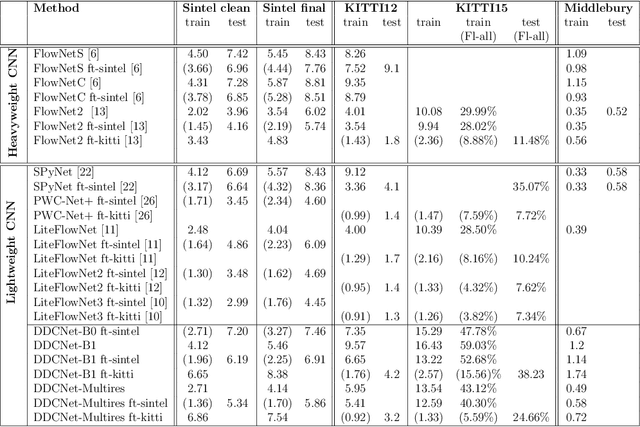

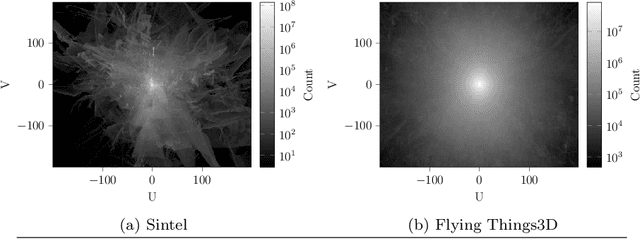
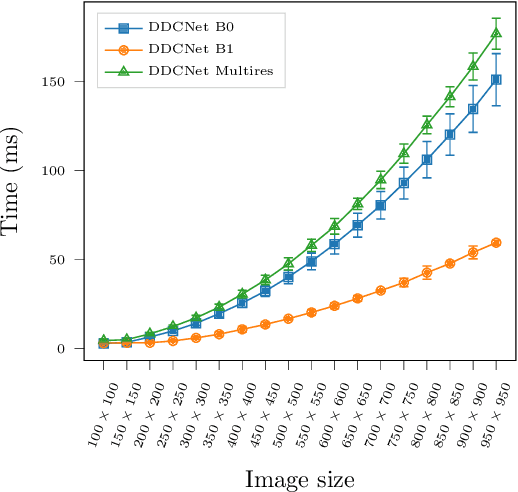
Abstract:Dense optical flow estimation is challenging when there are large displacements in a scene with heterogeneous motion dynamics, occlusion, and scene homogeneity. Traditional approaches to handle these challenges include hierarchical and multiresolution processing methods. Learning-based optical flow methods typically use a multiresolution approach with image warping when a broad range of flow velocities and heterogeneous motion is present. Accuracy of such coarse-to-fine methods is affected by the ghosting artifacts when images are warped across multiple resolutions and by the vanishing problem in smaller scene extents with higher motion contrast. Previously, we devised strategies for building compact dense prediction networks guided by the effective receptive field (ERF) characteristics of the network (DDCNet). The DDCNet design was intentionally simple and compact allowing it to be used as a building block for designing more complex yet compact networks. In this work, we extend the DDCNet strategies to handle heterogeneous motion dynamics by cascading DDCNet based sub-nets with decreasing extents of their ERF. Our DDCNet with multiresolution capability (DDCNet-Multires) is compact without any specialized network layers. We evaluate the performance of the DDCNet-Multires network using standard optical flow benchmark datasets. Our experiments demonstrate that DDCNet-Multires improves over the DDCNet-B0 and -B1 and provides optical flow estimates with accuracy comparable to similar lightweight learning-based methods.
DDCNet: Deep Dilated Convolutional Neural Network for Dense Prediction
Jul 09, 2021

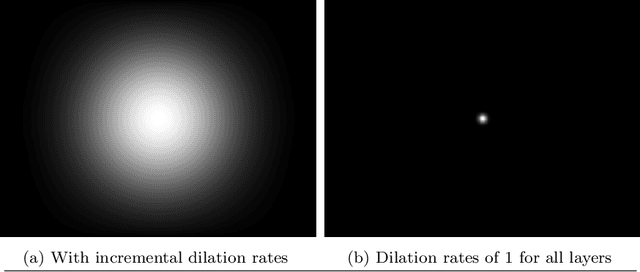
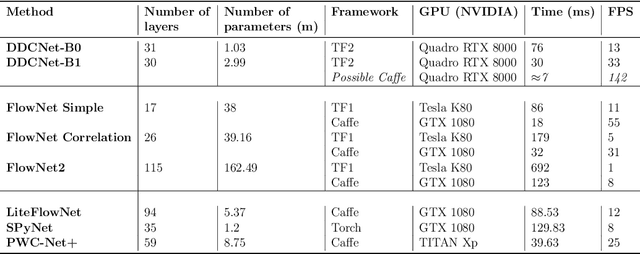
Abstract:Dense pixel matching problems such as optical flow and disparity estimation are among the most challenging tasks in computer vision. Recently, several deep learning methods designed for these problems have been successful. A sufficiently larger effective receptive field (ERF) and a higher resolution of spatial features within a network are essential for providing higher-resolution dense estimates. In this work, we present a systemic approach to design network architectures that can provide a larger receptive field while maintaining a higher spatial feature resolution. To achieve a larger ERF, we utilized dilated convolutional layers. By aggressively increasing dilation rates in the deeper layers, we were able to achieve a sufficiently larger ERF with a significantly fewer number of trainable parameters. We used optical flow estimation problem as the primary benchmark to illustrate our network design strategy. The benchmark results (Sintel, KITTI, and Middlebury) indicate that our compact networks can achieve comparable performance in the class of lightweight networks.
 Add to Chrome
Add to Chrome Add to Firefox
Add to Firefox Add to Edge
Add to Edge